Service Learning
Slow Recovery

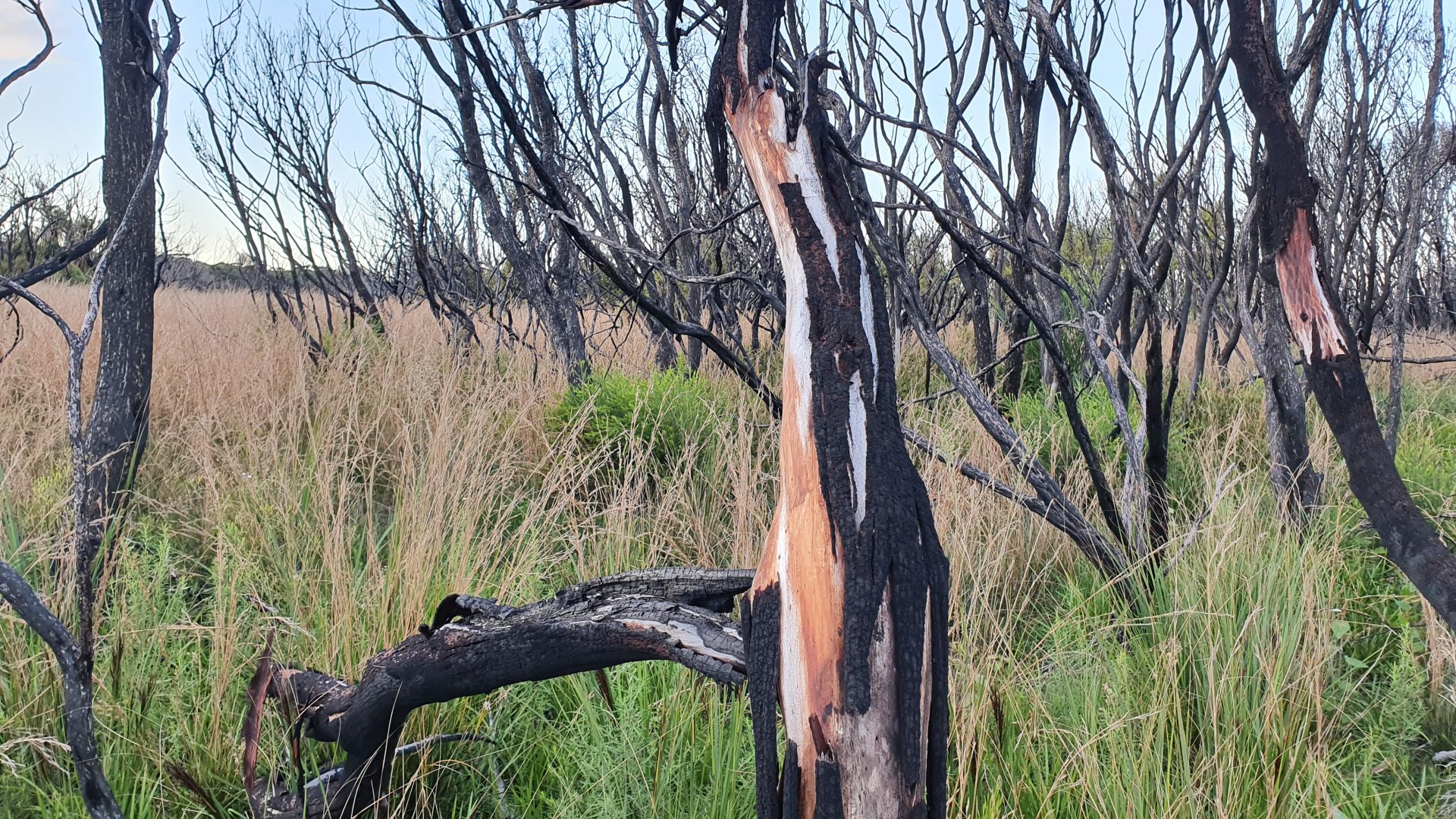
Photo by Arran Roxburgh
A cyclical phenomenon rather than a linear process, disaster recovery is a complex and lived experience that is highly variable for local people and the decentralised communities they align themselves with, in a place and time. Our research-led studio brought to life three discrete projects that were part of the ensuing recovery of three places affected by the 2019-2020 bushfire complex that occurred in East Gippsland.
Together with Gunaikurnai Land and Waters Aboriginal Corporation (GLaWAC), Genoa Town Committee (GTC) and Mallacoota and District Recovery Association (MADRA), the studio ‘co-created’’ an outdoor cultural performance space and two townscape reimaginations with each respective grassroots organisation.
Year
2021
Country / Location
Kulin Nations / Caulfield VIC
Gunaikurnai / East Gippsland VIC
Institution
Monash University
This studio was a “sequel” to the Rethinking Regional Recovery (RRR) studio and intentionally transitioned from the theoretical and speculative nature of RRR’s outcomes, into a highly practice-based mode. The question of how we might deepen our understanding of what we design and build through interdisciplinarity and local cultural knowledge continued to underpin our thinking. However this time we had a privileged opportunity to activate many of the learnings from RRR in real space and time with diverse bushfire affected people with differing perspectives on what recovery means to them.
While the focus of this studio was around the ‘co-creation’ and design of projects that are not technically “re-construction” works—buildings or spaces that were destroyed by the fires—the social contexts of the places and relevant sites are ones of deep psychosocial, economic and environmental rehabilitation, hence were perceived within the scope of the studio and by our partners, as long term recovery projects.
The studio delivered design concepts and co-created design briefs for each involved community group to leverage for further action and funding opportunities. In the case of the amphitheater for GLaWAC, this studio ignited a dynamic process of continued co-creation and design with/by us, garnering further funding sufficient to complete full design and documentation of this place of immense cultural significance and expression. See Wangun Amphitheatre for the finished result!
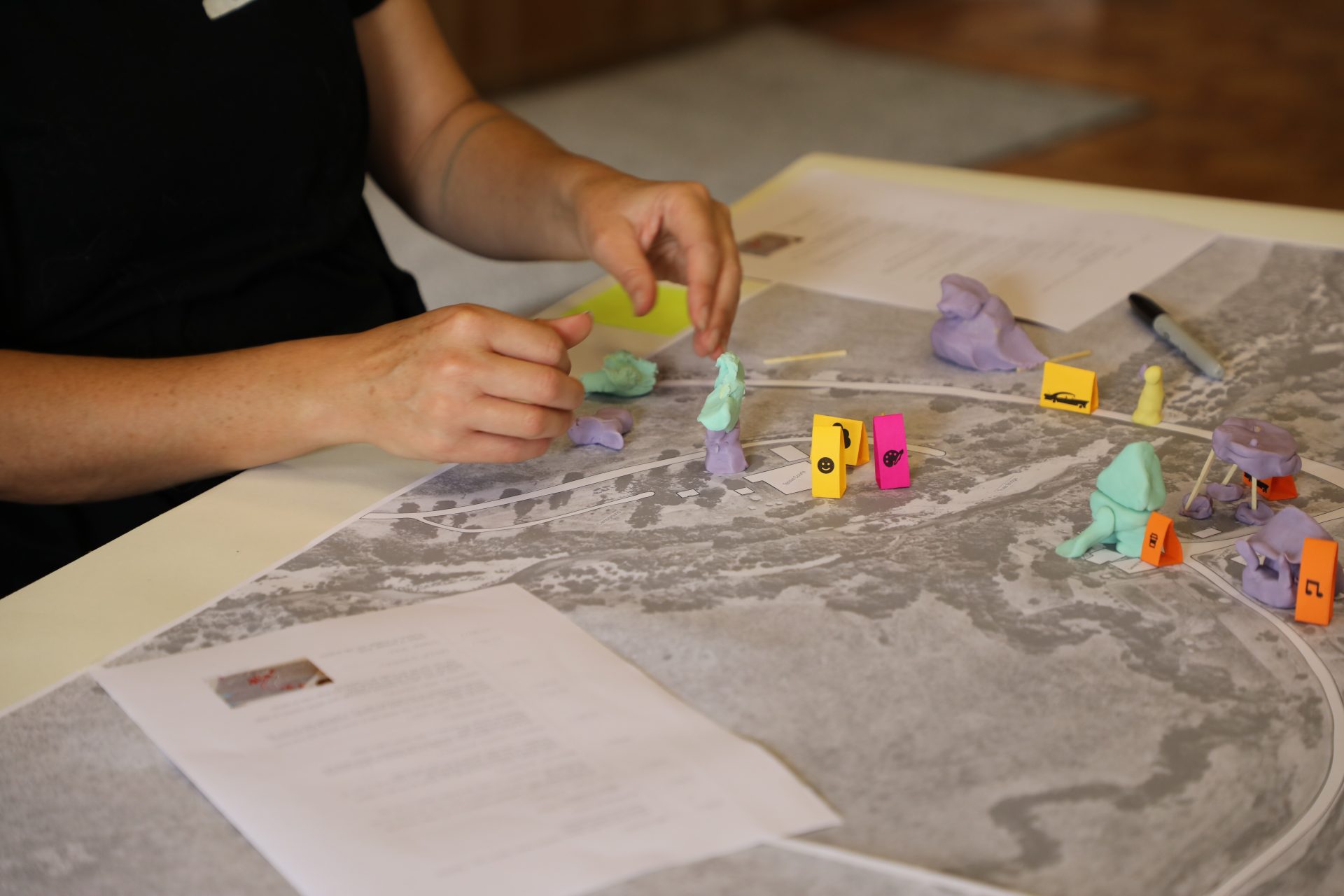

Photos by Spencer Mu
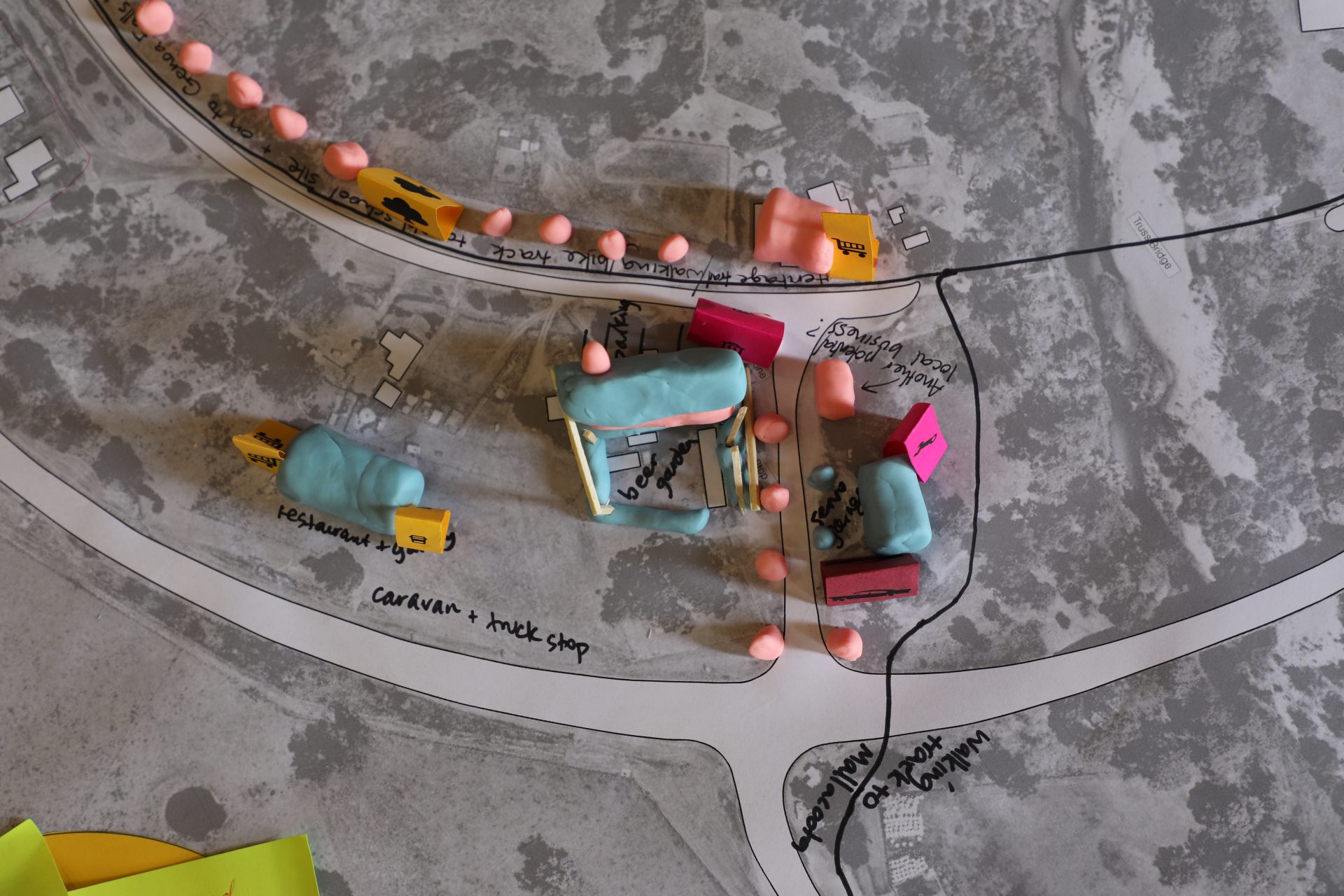

Photos by Rachel De Longh
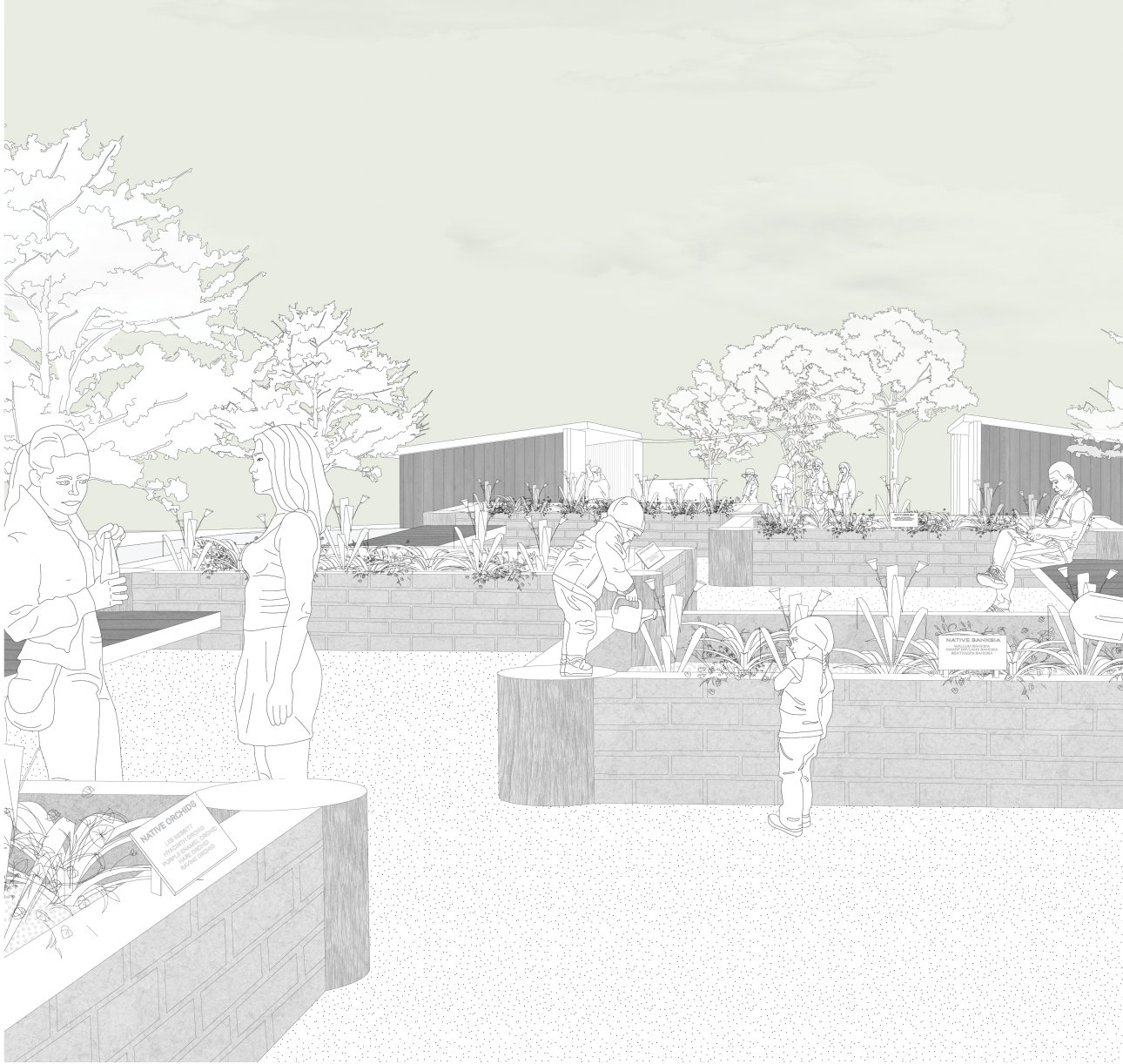
Project: Connect Conserve Cultivate by Chelsea Telford & Matt Holmes
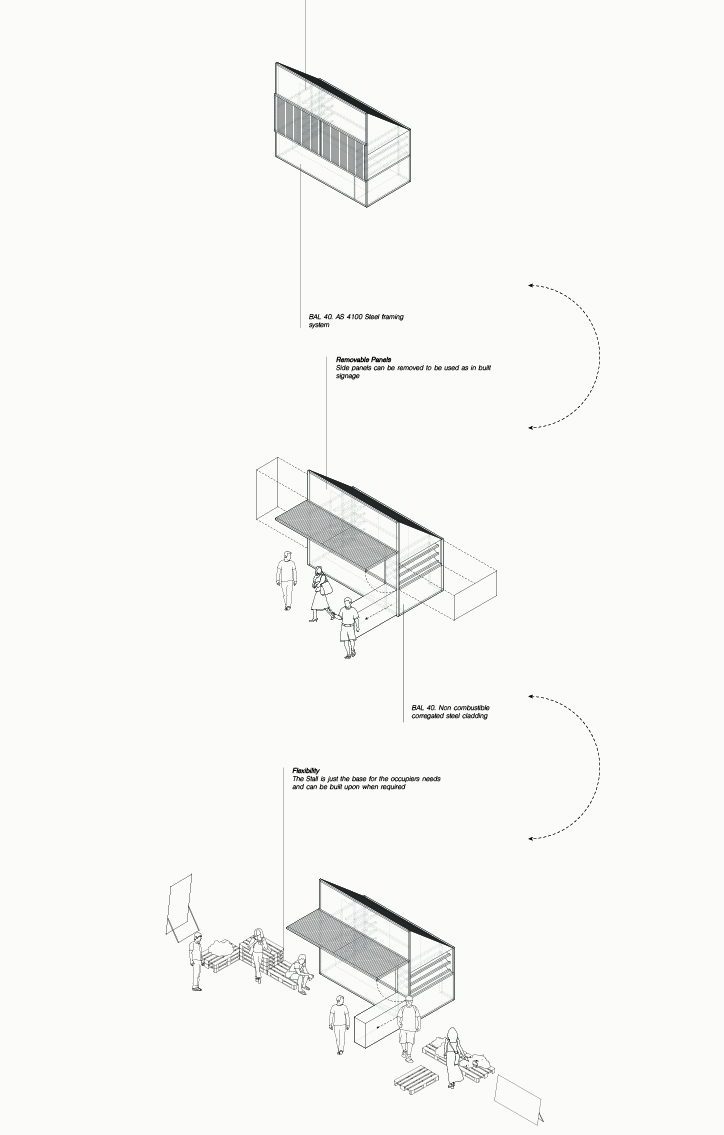
Project: Regional Weaving by Lucy Hammon & Robert Lees
Research participant
“Thank you for seeing the value in bridging the gap between the world of academia learning principles and practices with real people and real life, to me it seems like teaching at it’s best…I have regularly thought of you and the project and I wish to thank you and your team for all that you have done and for genuinely showing interest, listening and respecting us in our small communities”
Student Reflection
“The studio provided the opportunity to realise how important it is to interact with people, places and histories which differ from your own. The experience of co-creation showed how there isn’t a limit to how much one can grow as an architect if you actively listen and respond to these physical and social landscapes.” – Canny Bate
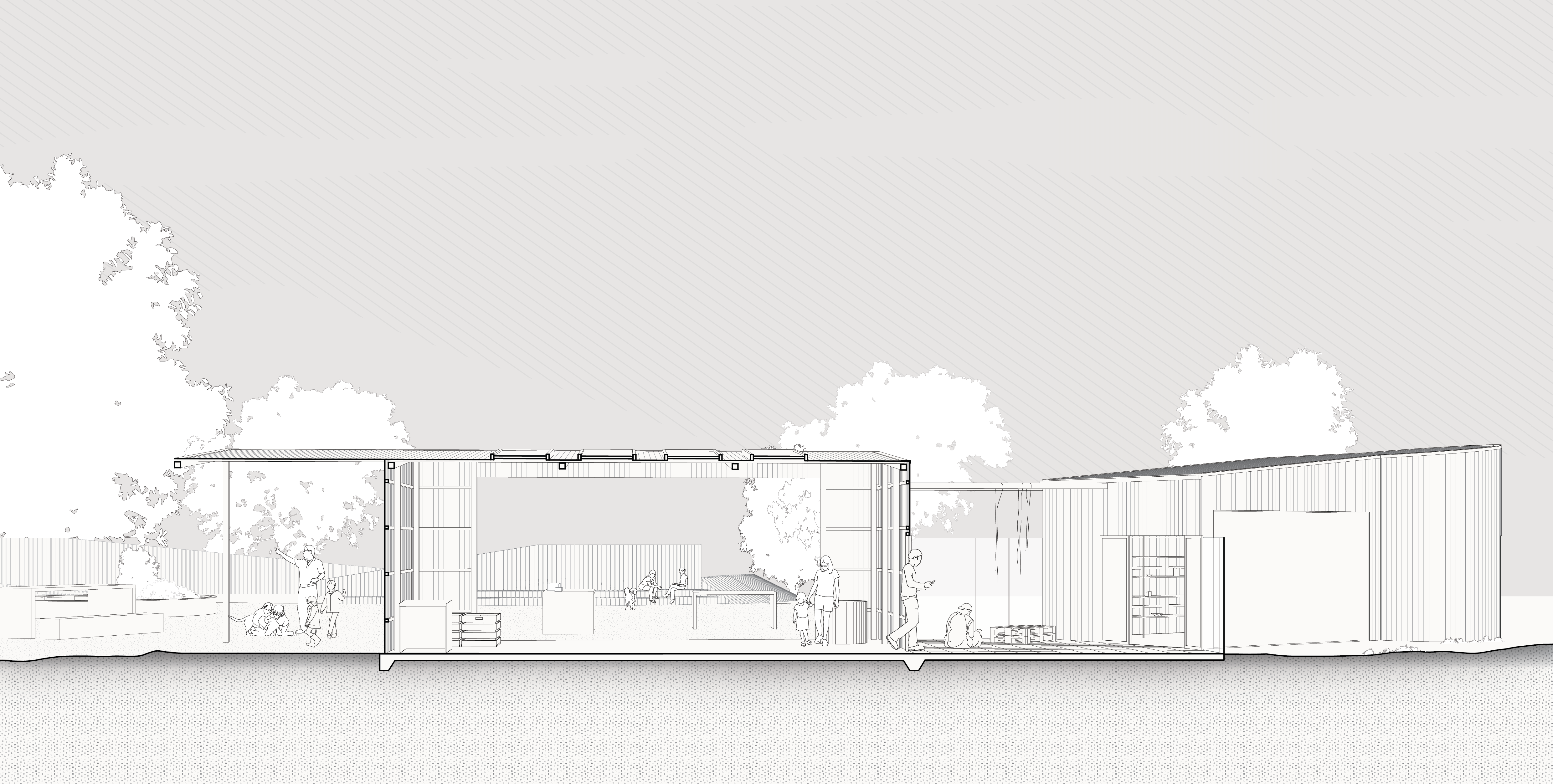
Project: Regional Weaving by Lucy Hammon & Robert Lees